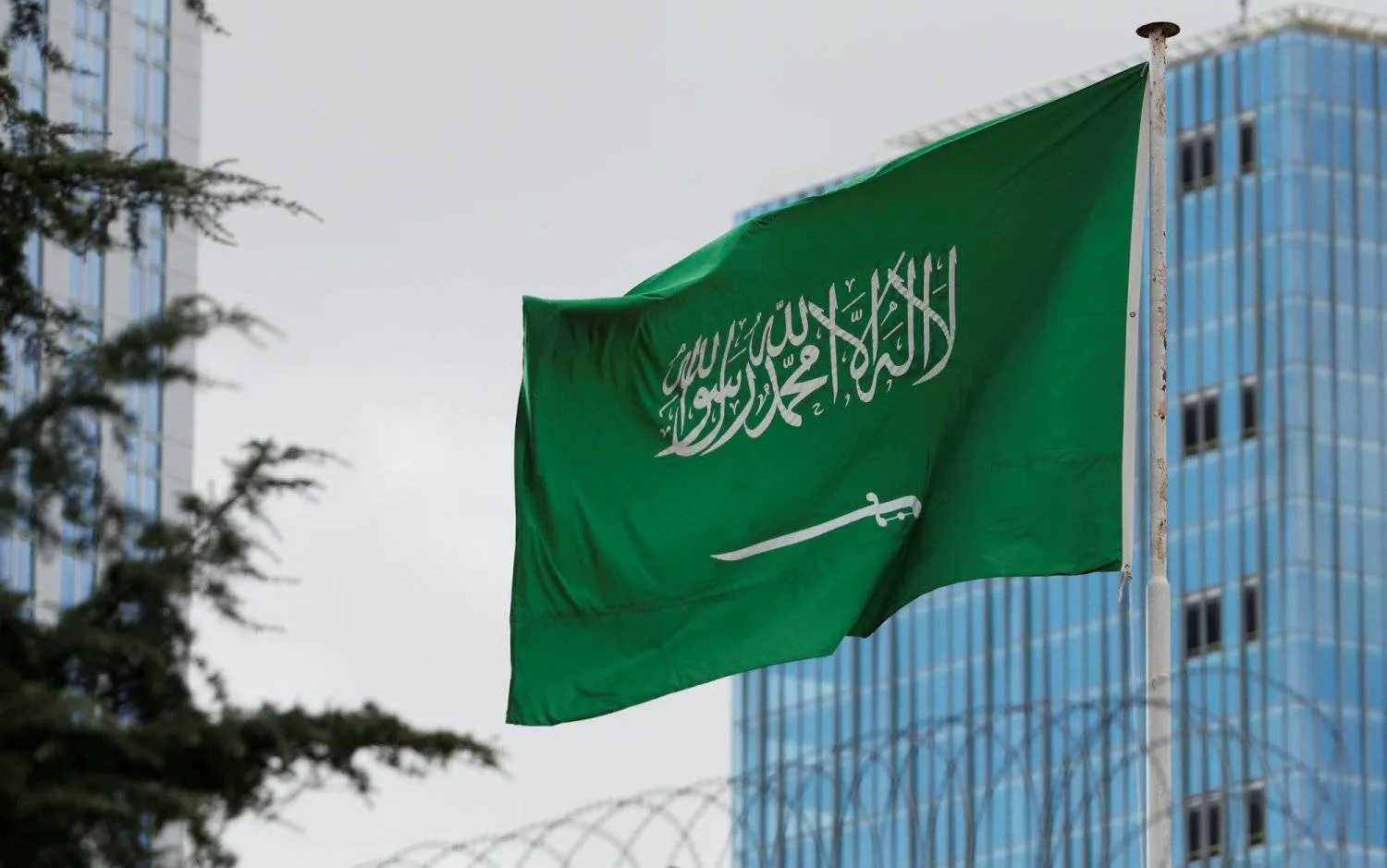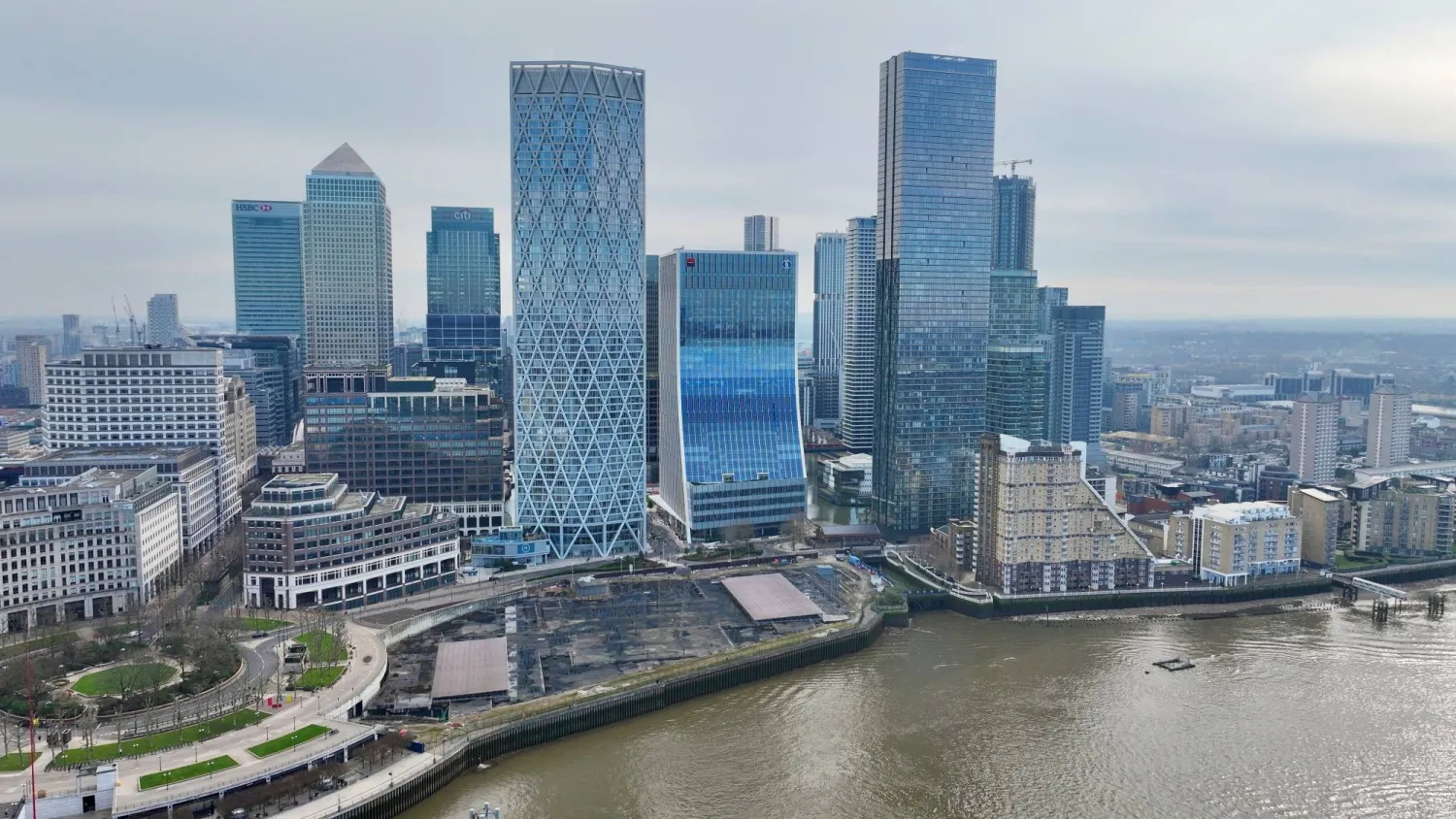CEO of the Saudi Geological Survey (SGS) Engineer Abdullah Al-Shamrani announced that the Ministry of Industry and Mineral Resources is currently processing over 2,000 local and international license applications, including around 2,000 for exploration and approximately 139 for mining. Additionally, he said that more than 2,300 mining licenses have been issued, reflecting significant growth in the sector.
In an interview with Asharq Al-Awsat, Al-Shamrani highlighted the rapid expansion of both local and foreign investment in mining over recent years. He stressed that ensuring investor success is a top priority for the Ministry of Industry, which provides financial support, various programs, and essential geological data to facilitate investment.
The official revealed that Saudi Arabia’s gold reserves exceed 100 million ounces, while over 34 million tons of zinc and 17 million tons of copper have been discovered. Exploration activities are ongoing across various locations throughout the country, he noted.
Cave tourism
Al-Shamrani also pointed to plans to establish a geological museum in Saudi Arabia in collaboration with the Ministry of Tourism. He said the SGS is working closely with the ministry to provide detailed geological data for sites that could be developed into tourist attractions.
“Cooperation is ongoing with the Ministry of Tourism to transform certain caves into tourist destinations, especially since there are more than 150 caves across the country. Among these is the Umm Jirsan cave, which is 1.5 kilometers long and located near Madinah. It is notable for its natural beauty and historical significance,” he told Asharq Al-Awsat.
He cited the Abu Al-Wa’ul cave, which contains the skeletal remains of extinct animals, stating that such discoveries add a new dimension for those interested in geological tourism.
When asked about the role of the private sector in developing and preparing these caves for tourism, Al-Shamrani explained that this responsibility lies with the Ministry of Tourism, which has specific plans to economically benefit from these sites.
Fossil discoveries
The official highlighted the significance of fossil discoveries, stating that they could be displayed in geological museums. Collaboration with the Ministry of Tourism could showcase fossils and other geological features to provide insight into Saudi Arabia’s geology and its diverse types of stones, offering both educational and investment opportunities.
He revealed recent fossil discoveries, including mammals in the Nafud region, Hijaz monkeys, and the remains of a 37-million-year-old extinct whale found in limestone in the Al-Qurayyat area of Al-Jawf in northern Saudi Arabia.
The SGS’s findings show that the Arabian Shield holds most of the Kingdom’s primary minerals. Al-Shamrani noted that 81% of the country’s aerial geophysical survey has been completed, with 88,000 sediment samples collected from an area spanning nearly 600,000 square kilometers.
The expansion of geological data from these surveys will offer a clearer picture of mineral exploration sites, which will further accelerate exploration and investment in the mining sector, according to the official.
Mining license applications
Al-Shamrani added that the Ministry of Industry and Mineral Resources has issued around 2,300 mining licenses, including over 1,400 for building material quarries and more than 600 for exploration, with a total estimated value of SAR 89 billion ($23.7 billion).
The Geological Information Platform has attracted nearly 78,000 visitors.
The estimated value of Saudi Arabia’s minerals is approximately $2.5 trillion. Quantities of discovered resources continue to vary based on the latest exploration studies and global demand.









